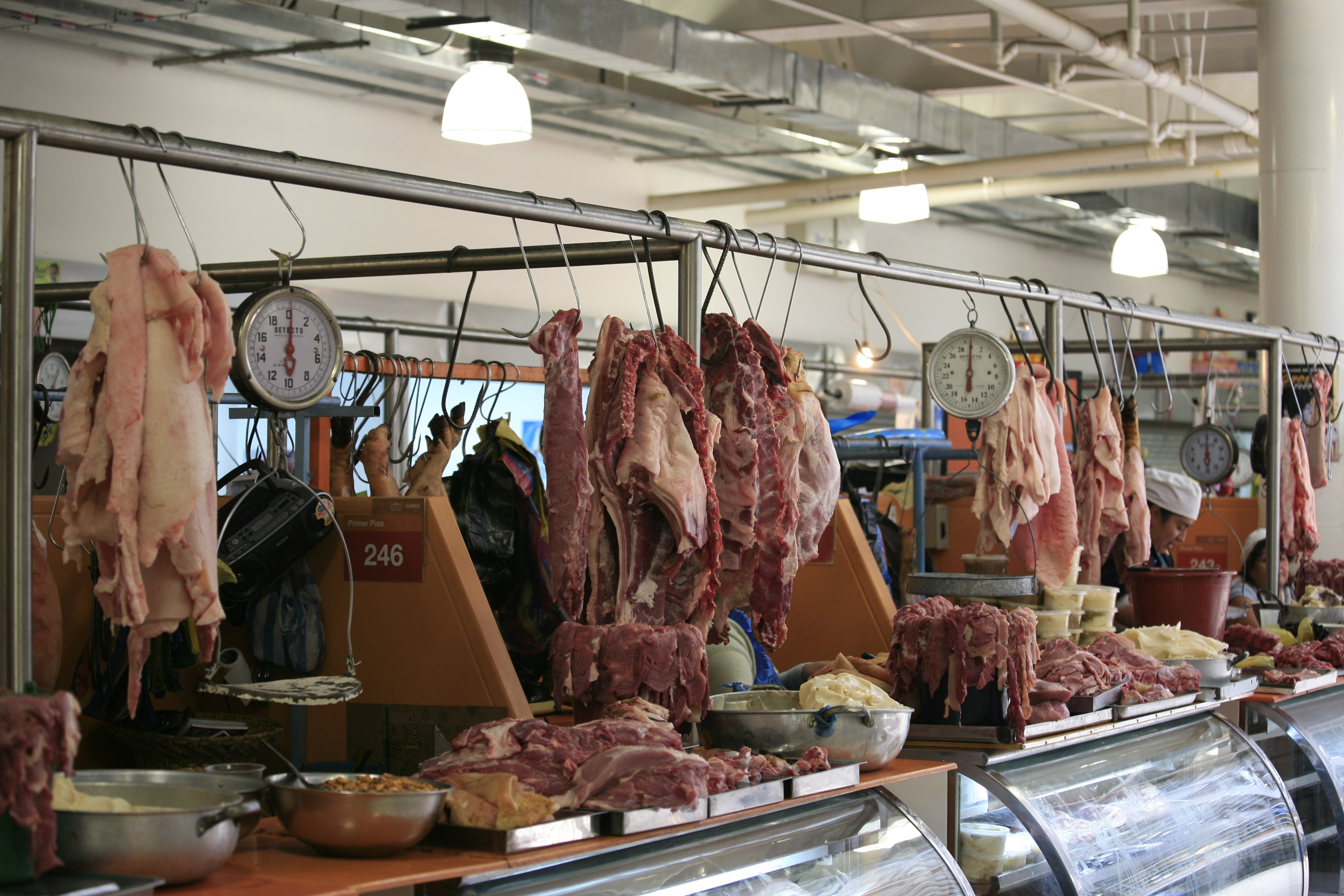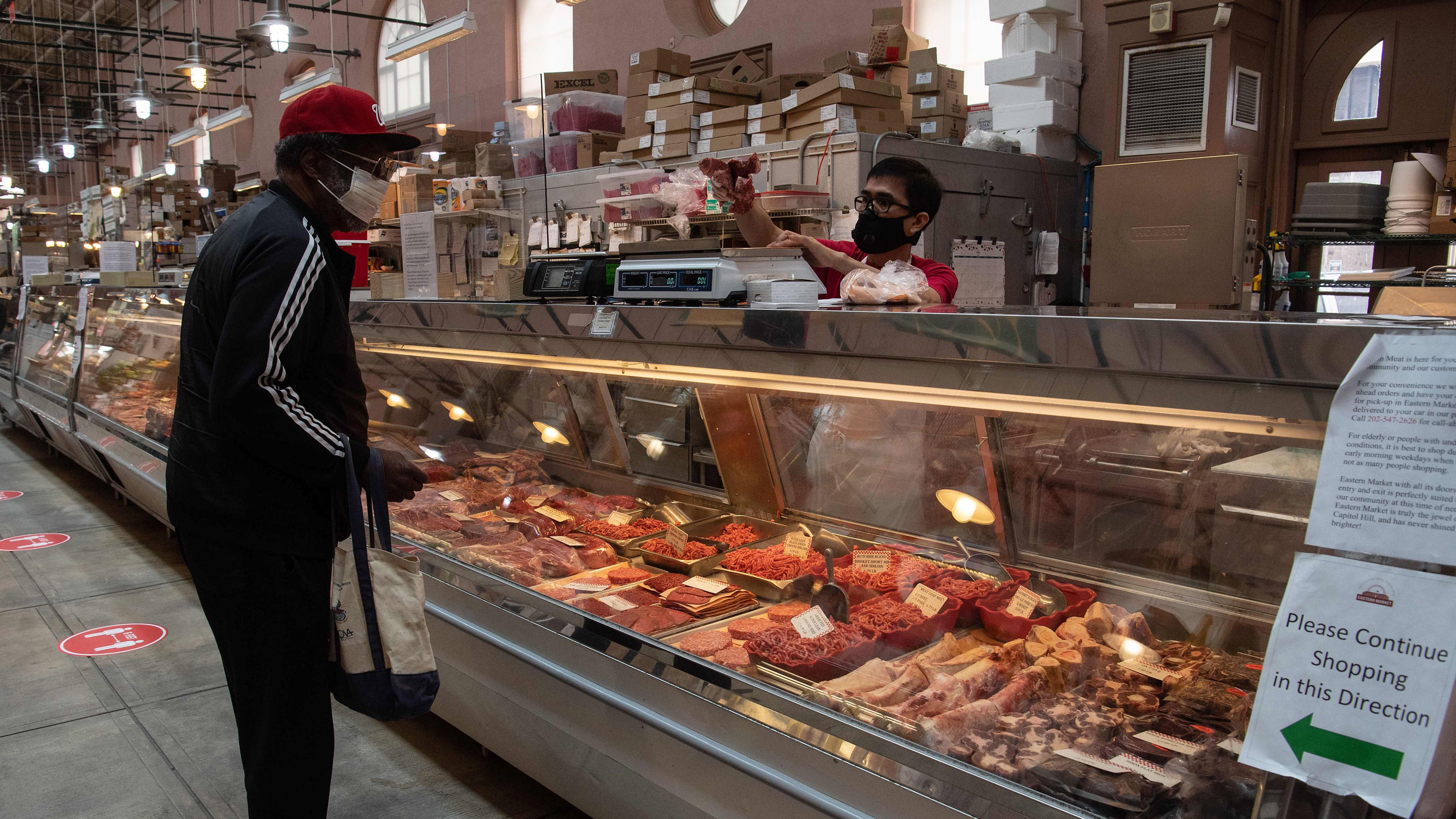Bagley Farms Meat Market Edwardsville IL: Your Best Location for Local Meat Choice
Bagley Farms Meat Market Edwardsville IL: Your Best Location for Local Meat Choice
Blog Article
Uncover the Art of the Butcher's Cut in a Modern Meat Market
In the ever-evolving landscape of modern meat markets, the butcher's cut has transcended its standard origins, combining age-old craftsmanship with contemporary techniques. What absolutely establishes the modern-day butcher apart is their capability to create a deeper connection between consumers and the beginnings of their meat.
Development of Butchery Techniques

The mid-20th century saw butchery strategies better fine-tuned by scientific insights into muscle mass biology and meat aging, improving both tenderness and preference. Technologies like vacuum cleaner packaging and refrigeration expanded item shelf-life, allowing butchers to expand offerings and boost quality assurance. This period additionally marked the surge of specialized devices, such as band saws and meat slicers, which increased precision and efficiency in meat handling.
The 21st century has actually introduced digital modern technology into the butchery world. Electronic systems currently aid in monitoring pet provenance and optimizing cuts to satisfy certain client preferences. Furthermore, a rebirth in artisanal butchery has actually arised, blending standard abilities with modern-day understanding to provide to customers looking for moral and lasting meat options. This development highlights a dynamic interaction between practice and innovation, meeting contemporary demands while maintaining the craft's heritage.

Comprehending Meat Cuts

Recognizing the intricacies of meat cuts is essential for both butchers and customers seeking top quality and worth. For butchers, specific cuts reflect ability and respect for the craft, making certain marginal waste and ideal return.
The key classifications of meat cuts consist of primal, sub-primal, and retail cuts. Primitive cuts, such as the loin, rib, and chuck, are the huge sections originally separated from the carcass. Butchers then damage these down better right into sub-primal cuts, before finally generating retail cuts offered to consumers, like ribeye or tenderloin. Each stage needs mindful attention to physiological framework and muscular tissue composition.
Recognizing muscle make-up is essential; muscle mass made use of a lot more often by the animal often tend to be tougher and are best suited for sluggish food preparation approaches, while less-used muscle mass, like those found in the loin, are much more tender and perfect for cooking or roasting. Familiarity with these distinctions equips consumers to make informed options, improving their cooking undertakings.
Choosing Quality Meat
Picking the right meat includes even more than just choosing an aesthetically attractive piece from the screen. The art of selecting quality meat calls for a critical eye and knowledge of certain characteristics that symbolize freshness and excellence.
Secondly, consider the marbling, which describes the white flecks of fat within the muscle mass. Appropriate marbling is a key indication of tenderness and flavor, as it melts throughout cooking, improving the meat's visit our website juiciness. Remember, higher marbling commonly associates with exceptional top quality cuts, such as USDA Prime.
Appearance is an additional critical factor; meat should really feel strong to the touch, not slimed or extremely soft. Additionally, be conscious of the fragrance. Fresh meat ought to have a clean, neutral odor, devoid of any kind of sour or repulsive smells.
Combining Cuts With Cooking Techniques
Efficiently pairing cuts of meat with the suitable cooking techniques is vital for accomplishing optimal flavor and texture. Various cuts vary in inflammation, marbling, and connective tissue content, each calling for details techniques to unlock their possibility. Tender cuts like filet mignon and ribeye, with their intrinsic marbling, advantage from high-heat, quick-cooking approaches such as grilling or pan-searing. These approaches improve the meat's natural tastes and make sure a juicy finish.
Conversely, tougher cuts like brisket and chuck roast are abundant in collagen, which damages down right into gelatin when cooked slowly. These cuts are excellent for braising or sluggish roasting, permitting the meat to tenderize over time and establish deep, complicated flavors. In a similar way, cuts such as brief ribs and pork shoulder prosper with slow-cooking methods, where expanded cooking times change their robust textures into delicious dishes.
Lamb shanks and oxtail, which call for extended cooking to tenderize, are ideal candidates for stewing or slow simmering. websites These techniques coax out rich, passionate tastes while maintaining dampness. By comprehending the unique characteristics of each cut, chefs and home chefs alike can boost their culinary creations, guaranteeing each recipe is both satisfying and unforgettable.
The Butcher's Duty Today
Navigating the advancing landscape of the modern-day meat market, the butcher's function today extends beyond simple preparation of cuts. Contemporary butchers are cooking artisans, teachers, and advocates for sustainable methods. They link the void in between the ranch and the fork by guaranteeing useful site moral sourcing, recognizing animal husbandry, and focusing on openness in the supply chain. This shift shows the growing consumer need for top quality over amount, where provenance and animal welfare are vital.
In enhancement to crafting exact cuts, butchers now involve directly with consumers, providing cooking suggestions and tailoring selections to match private needs and choices. Their expertise in meat aging, marbling, and taste accounts encourages customers to make educated choices, improving their culinary experiences. This customized service exemplifies the butcher's progressing function as a trusted expert in the kitchen.
Furthermore, butchers are crucial in reducing waste, making use of entire animals to develop varied items such as sausages and stocks - bagley farms meat market edwardsville il. This extensive method not only respects the animal however also aligns with modern sustainability objectives. In this way, the modern butcher symbolizes both tradition and advancement, adapting to an ever-changing market while preserving the artistry and stability of their craft

Final Thought
Proficiency in comprehending diverse meat cuts and top quality indications encourages butchers to give informed referrals, lining up details cuts with optimal cooking methods. By recognizing historical practices while embracing modern demands, the butcher's role remains crucial in today's advanced meat market.
Report this page